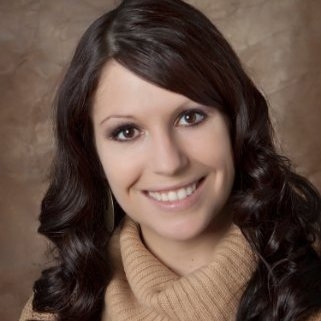 A Message About The Need To Educate Health Care Providers About Eating Disorders
A Message About The Need To Educate Health Care Providers About Eating Disorders
About a month ago I was presented with the opportunity to join the business development team for The Meadows Ranch. The idea of representing one of the world’s most well known eating disorder treatment facilities, helping to educate the public about the seriousness and lethality of these disorders and assisting struggling women and girls to find the much needed treatment they deserve overwhelmed me with excitement. This job isn’t a job, it’s a heart mission for me.




